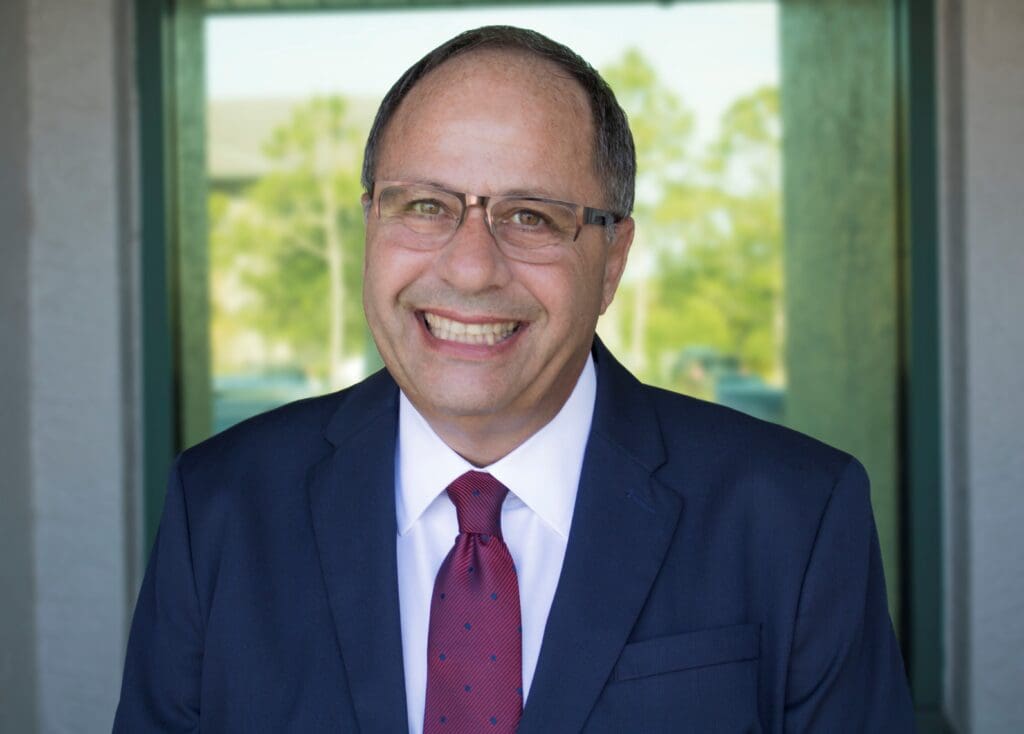While saving for retirement may not be as exciting or motivating as saving for your next Disney vacation, it is incredibly important to make sure that you prioritize your saving habits from as early an age as possible.
One of the hardest lessons to learn — but one that will reap great rewards — is to pay yourself first. One great strategy for this is to set up auto-transfers to savings the day after each time you get paid. That way you don’t even see that money and you automatically adjust to living on the remainder of your paycheck.
How much to save?
It’s also really important to ensure you are saving the right percentage each month. Yes, the word percentage is key. No matter how much you make, you should designate a set percentage each month for retirement savings. Then, if you get a raise, for instance, the percentage stays the same, even though the amount you’re setting aside goes up.
So what is the right percentage to save, assuming you get a conservative 7% return on your investment?
Well, that partly depends on your age and when you are starting to save. Here is a general guideline to get you started:
Ages 20-30 – save 5%
Ages 30-40 – save 7.5%
Ages 40-50 – save 10%
Over 50 – depends on retirement plan
The later you start saving, the higher the percentage you need to put aside from the very start. If you start younger, you have more flexibility, but if you can increase your percentage over time, the better off you will be when it is time to retire.
The important thing, though, is that you automate your saving habits just like your subscriptions are automated. Think about it: each month, money is automatically put aside for streaming services or your gym membership.
You already just adjust your spending around these regular payments. Now it’s time to automate investing in your future.
Extend your savings
Note, however, that earlier I said we are assuming you get a 7% return on the money you set aside. Obviously, a regular savings account is not going to cut it. You’ll need to discuss ways to invest in the stock market to extend your savings.
Plan to discuss the best strategy to invest your savings with a financial advisor. A good one will talk to you about your risk tolerance and your goals before suggesting investment options.
Keep in mind most investments — and especially the riskier ones — will fluctuate with ebbs and flows of the market. Don’t get too disappointed with short-term losses or gains if your goal is retirement. Listen to your financial advisor, and let the time value of money work in your favor in the long run.
If you want to take it to the next level, discuss diversifying your retirement savings. For instance, you could take a certain percentage of those monthly savings and funnel it into a low-risk mutual fund and then take the remaining percentage and put that into either a higher risk and higher yield option.
The most important part is to start saving. Let’s discuss this crucial step of your holistic financial plan. Schedule an appointment today!


